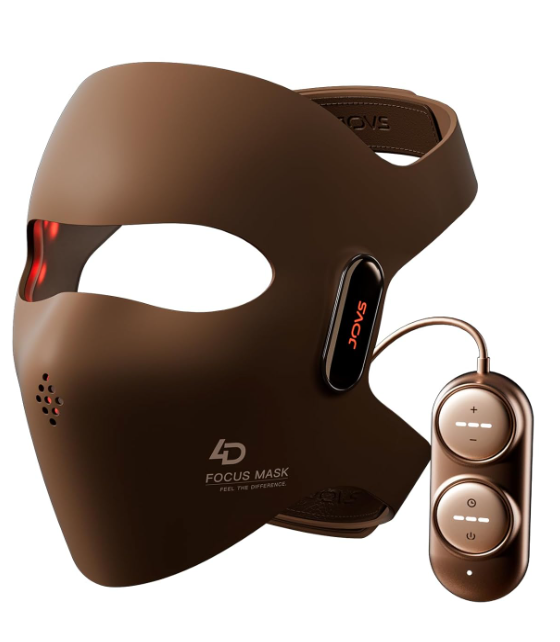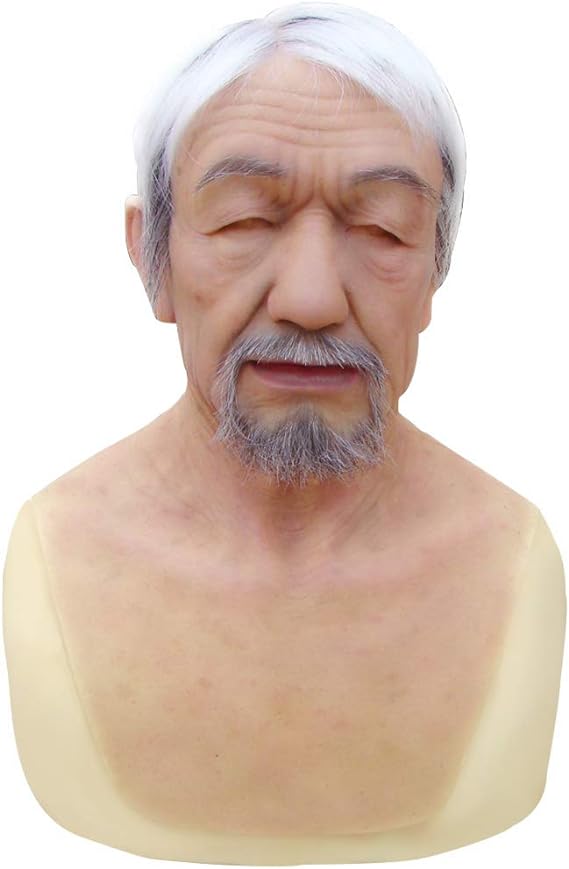In a world where the desire for glowing, youthful skin transcends age, gender, and geography, the term “Skin Therapy” has gained tremendous significance. The skin, the body’s largest organ, serves as a barrier between our inner selves and the outside world, protecting us from harmful external elements like UV rays, pollutants, and microorganisms.

Skin therapy involves a broad array of treatments designed to rejuvenate, repair, and protect the skin, enhancing its appearance and health. From traditional remedies and therapies to modern technological advancements, skin therapy can help individuals achieve the flawless complexion they aspire to.
In this article, we’ll delve deeply into the world of skin therapy, covering everything from the basics of skincare to advanced treatment modalities used in dermatology clinics worldwide. By the end, you will have a profound understanding of how skin therapy can not only address various skin conditions but also promote overall well-being and confidence.
Chapter 1: Understanding Skin
Before exploring specific skin therapies, it is crucial to understand the skin’s anatomy and functions.


- The Epidermis: This is the outermost layer that acts as a barrier, protecting the body from the environment. It contains keratinocytes, which help form a waterproof shield, and melanocytes that determine the skin’s pigment.
- The Dermis: Located beneath the epidermis, the dermis contains blood vessels, nerve endings, and collagen that provide structure, elasticity, and strength.
- The Subcutaneous Layer: This is the innermost layer, comprised mostly of fat and connective tissue. It acts as insulation and protects the muscles and bones.
Understanding these layers is essential because skin therapy often targets one or more of these areas to treat different conditions.
Chapter 2: Skin Conditions and Challenges
The skin is prone to a wide range of conditions, each requiring specific treatments. This chapter will explore the most common skin conditions people seek therapy for:
1. Acne
Acne is one of the most prevalent skin issues, especially during adolescence, but it can persist into adulthood.
2. Eczema and Dermatitis
Other types of dermatitis include contact dermatitis and seborrheic dermatitis.
3. Psoriasis
It is often associated with inflammation and redness.
4. Hyperpigmentation
Hyperpigmentation refers to the darkening of certain areas of the skin, often due to excess melanin production. This can be caused by sun damage, acne scarring, or hormonal changes (such as melasma).
5. Aging and Wrinkles
Aging skin may also become thinner and more fragile.
Chapter 3: The Science Behind Skin Therapy


1. How Skin Heals Itself
The skin has an extraordinary ability to repair itself, but that process slows down with age and due to environmental factors. When skin is damaged, whether by cuts, burns, or acne, it goes through a process of inflammation, proliferation, and remodeling.
- Inflammation: The body sends white blood cells to fight off infections.
- Proliferation: The skin produces new cells to replace the damaged ones.
- Remodeling: Over time, the skin rebuilds the area with collagen and elastin, although scarring may occur if the damage is severe.
2. How Skin Therapy Works
Skin therapy aims to aid or accelerate the skin’s natural healing process. For example, topical treatments such as retinoids help stimulate cell turnover, while antioxidants in serums protect against free radical damage.
Chapter 4: Types of Skin Therapy
Skin therapy is a broad field that includes both medical treatments and aesthetic procedures. In this chapter, we will explore various types of therapies, categorized into traditional, medical, and modern treatments.
1. Traditional Skin Therapies
- Herbal Remedies: Throughout history, cultures around the world have used herbs and plants to treat skin issues. Aloe vera, chamomile, and turmeric are common examples that have shown anti-inflammatory and skin-healing properties.
- Ayurvedic Treatments: Originating in India, Ayurvedic skin therapies use a holistic approach that includes herbal pastes, oils, and dietary changes to maintain skin health.
- Acupuncture and Cupping: These traditional Chinese therapies are often used to improve blood flow and promote skin rejuvenation.
2. Medical Skin Therapies
- Topical Medications: Dermatologists often prescribe retinoids, benzoyl peroxide, and antibiotics to treat acne, eczema, and other skin conditions. Prescription creams and ointments target specific skin concerns at a cellular level.
- Chemical Peels: A chemical peel uses acids like glycolic or salicylic acid to exfoliate the skin, removing dead cells and promoting new skin growth.
- Laser Therapy: Laser treatments are used to address various skin concerns, including hyperpigmentation, scarring, and hair removal. These treatments target specific layers of the skin to promote healing and regeneration.
- Microdermabrasion: This non-invasive procedure exfoliates the outer layer of skin, reducing the appearance of scars, fine lines, and sun damage.
3. Modern Skin Therapies
- Microneedling: This minimally invasive procedure involves pricking the skin with tiny needles to stimulate collagen production.
- LED Light Therapy: Different wavelengths of light, particularly blue and red light, are used to treat acne, inflammation, and aging skin. Blue light kills acne-causing bacteria, while red light stimulates collagen.
- Platelet-Rich Plasma (PRP) Therapy: Popularized as the “vampire facial,” this therapy involves injecting a person’s own plasma, rich in growth factors, into the skin to promote healing and rejuvenation.
Chapter 5: Skincare Routines as Therapy
Not all skin therapy needs to happen in a clinic. A daily skincare routine can be an effective form of therapy that keeps the skin healthy, radiant, and protected.
Sun Protection
One of the most critical aspects of skin therapy is protecting the skin from UV damage. Sunscreen should be worn daily, as UV rays can cause premature aging, and hyperpigmentation, and increase the risk of skin cancer.
Chapter 6: The Role of Nutrition in Skin Health
A healthy diet is integral to skin therapy. Certain nutrients, vitamins, and minerals are essential for skin health and can prevent or alleviate common skin problems.


1. Vitamin C
An antioxidant, vitamin C is crucial for collagen production and protection against free radical damage.
2. Omega-3 Fatty Acids
These essential fatty acids help maintain the skin’s lipid barrier, preventing dryness and inflammation. Omega-3s are found in fatty fish, flaxseed, and walnuts.
3. Zinc
Zinc is vital for skin repair and helps fight acne by reducing inflammation and controlling oil production.
4. Hydration
Drinking enough water ensures that the skin remains hydrated and can efficiently eliminate toxins.
Chapter 7: Skin Therapy for Different Age Groups
1. Teenage Skin
Skin therapy for this age group typically focuses on controlling oil production and preventing breakouts.
2. Adult Skin
As we age, the skin’s needs change. Adults may need to focus on anti-aging treatments, such as retinoids and antioxidants, as well as therapies that address sun damage.
3. Mature Skin
Skin therapy for mature individuals includes treatments that boost collagen, hydrate deeply, and restore elasticity.
Chapter 8: Psychological Benefits of Skin Therapy
Beyond physical health, skin therapy can have profound psychological benefits. Clear, healthy skin can boost self-esteem and confidence while addressing chronic skin conditions can reduce stress and anxiety. In this chapter, we will explore how skin therapy contributes to overall mental well-being.
Chapter 9: Future Trends in Skin Therapy
The field of skin therapy is constantly evolving. New technologies, like AI-driven skin diagnostics and gene therapy, are on the horizon. This chapter will look at the future of skin therapy, including personalized skincare regimens based on genetic makeup and advances in regenerative medicine.
Conclusion
Skin therapy is a vital component of modern wellness. Whether you are addressing a chronic skin condition, preventing the signs of aging, or simply looking to maintain a healthy glow, there is skin therapy for everyone. By understanding the science behind these therapies, the role of nutrition, and the importance of daily care, you can take control of your skin’s health and embrace the confidence that comes with radiant skin.


